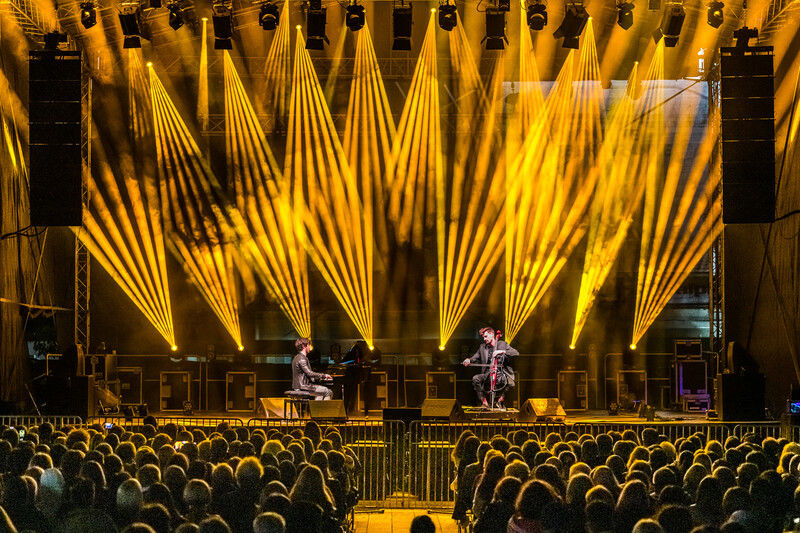Crt Birsa’s – Geometry of Light
Posted on December 7, 2021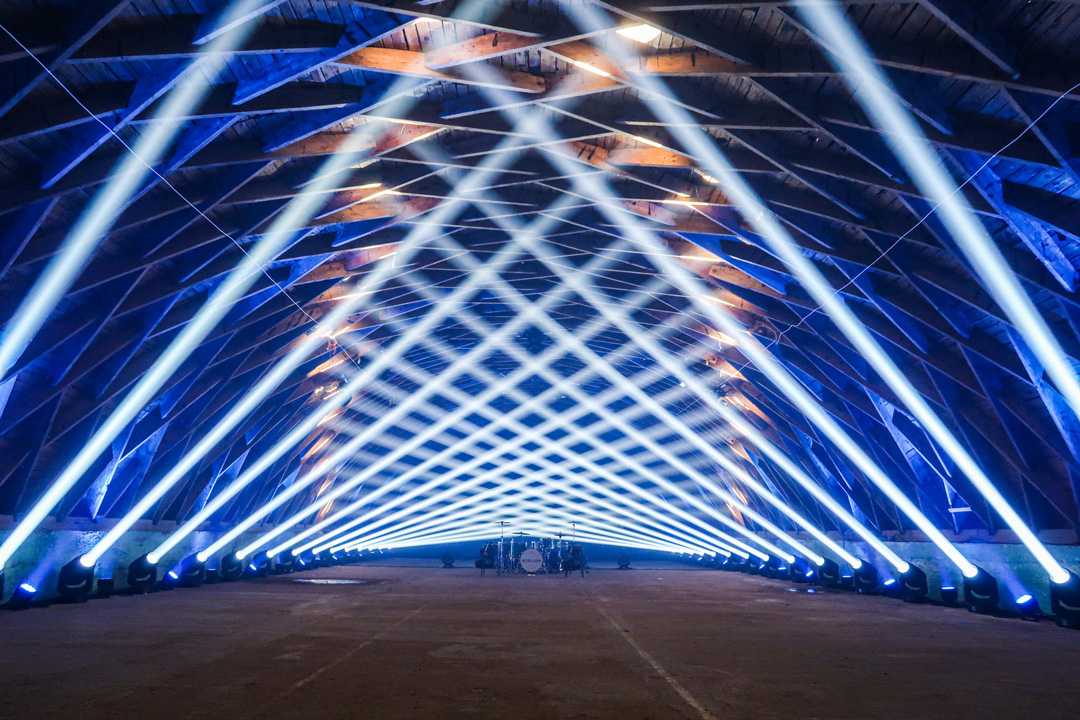
“Mighty is geometry! wrote Euripides. The ancient Greek dramatist lived long before anyone ever thought of creating a lighting fixture, but he undoubtably would have appreciated the way this Slovenia-based designer transforms stages and broadcast sets with powerful geometric configurations.
In his work, Birsa relies on much more than brightness, shadows and color to engage the eye. He works closely with set designers to captivate audiences with evocative forms, which sometimes resemble real structures, while at others serve as a concrete representations of a more amorphous mood.
Giving shape to feelings, his geometric designs create memorable impressions, while also endowing the stage with greater depth. Speaking to us from his studio of his company, Blackout Lighting Design, he shared his insights into the geometry of light.
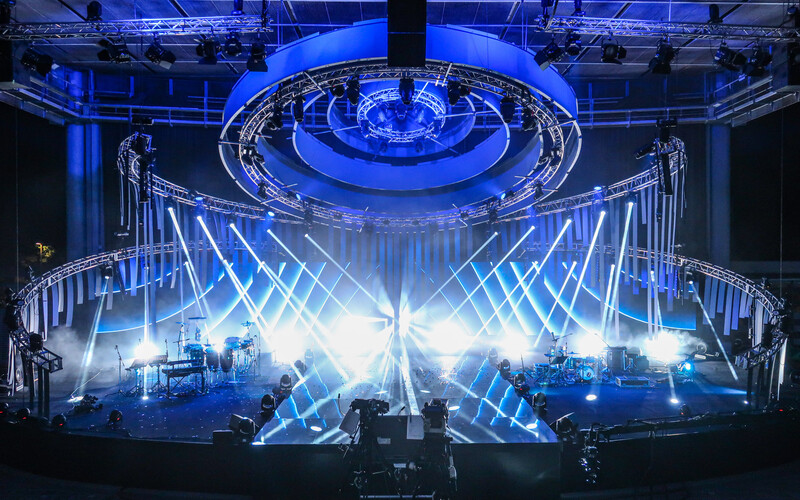
Geometric patterns play a big role in your design. You go with a lot of well-defined structure rather than having washes and aerial effects with softer boundaries. Why is that?
“I don’t even know exactly why is that. Probably because I have done a lot of TV shows where I have been collaborating with one of the best set designers in the area, Greta Godnic. This has given me a wider perspective, helping me realize what can be achieved with the lights and what kind of looks can you make out of any lighting rig.”
You mentioned collaborating with Greta. What is the big advantage of this kind of collaboration with a set designer?
“A lot of people put the set and the lights into different departments. If you look from a wider perspective, the lights are also part of the set. From this point of view the lighting rig has to be planned along with the set design. That’s how you can find the optimal places to put the lights; in addition to knowing exactly how you will use them later. Also a lot of problems can be solved already in the design process.”
Are any particular shapes (diamonds, circle, triangles etc.) easier or more difficult to fit into a design than others?
“Anything that is not a straight truss is harder to fit. Things like circles and triangles are definitely among them! That’s why it is always good to know the rigging capabilities of the venue, so you know in advance what is possible to achieve and what not.”
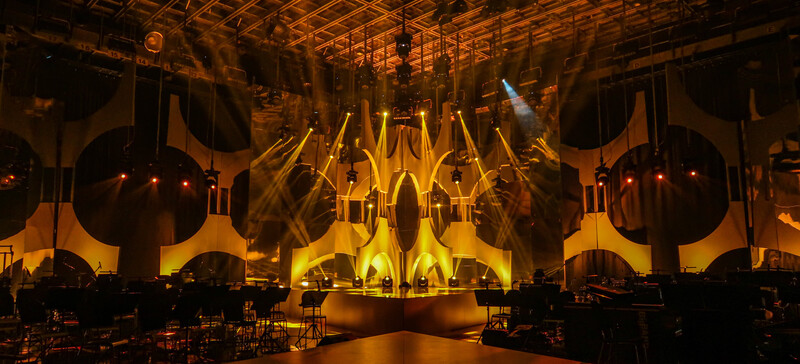
Do you use shapes differently if you are lighting for a broadcast than a 100-percent live event like a festival?
“Definitely. When doing a live show or concert without a broadcast, just about all the people in the audience are having a wide look at the stage. In most cases, everything that looks good from F.O.H. position will also look good from the audience point of view. TV broadcast has much more points of view, sometimes even 360 degrees and all the cameras can move. So, the configurations in your design have to look good from any angle.”
Does the shape you go with in a design influence the kinds of colors or brightness level you use?
“Usually not — colors and brightness are more dependent of the materials you are lighting and leveling everything for the cameras, if it is a TV broadcast.”
You often put your designs on different tiers so the rig is higher at some points than it is on others. Why is that?
“I always try to be an extension of the set with the lights. It is also important that you leave the set elements enough place apart so they can “breathe”. Regardless of the venue, I always try to make it part of the set.”
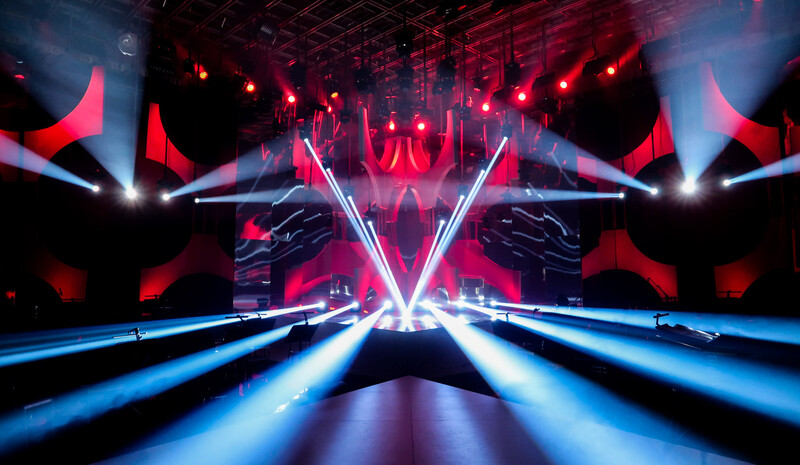
Can a geometric pattern become too complex on stage?
“Yes, that’s always a danger. As some designs look very complicated, they usually emerge from one shape that is later repeated over and over. I know it does not look like but I always try to keep it simple.”
